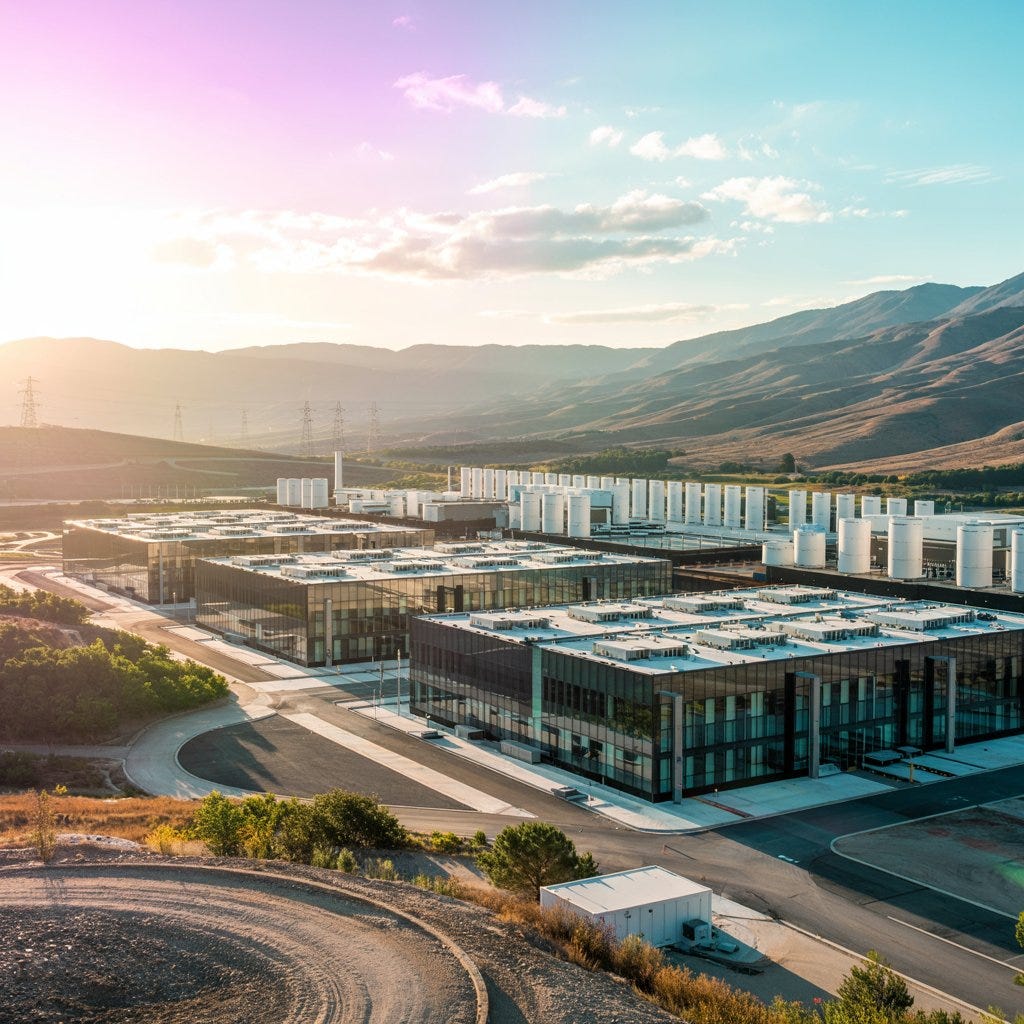Top 15 Reports Shaping Global Data Center Strategy in H1 2025
From AI’s power problem to the $73B M&A wave this is your midyear map for data center investing
Welcome to Global Data Center Hub. Join investors, operators, and innovators reading to stay ahead of the latest trends in the data center sector in developed and emerging markets globally.
If you’re investing in, building, or regulating data centers, don’t read every report read the right ones.
We sifted through dozens of research papers, policy briefings, and investor notes published in the first half of 2025. Then we ranked them by relevance to operators, investors, and policymakers.
Across the board, three things stood out:
AI is the new power load
Power is the new land
M&A is rewriting the playbook
But there are also critical gaps. Strategic questions no one is answering yet.
This is your field guide to what the smartest minds are saying and what they’re still missing.
Here's what's inside:
A distilled summary of 15 data center reports from H1 2025. No fluff, just the ones that matter
Key trends like AI-driven power loads, record-breaking M&A, and the grid bottleneck reshaping site selection
Areas of consensus and divergence: Why everyone agrees on power as the constraint, but splits on risk, regulation, and hyperscaler impact
What’s still unclear: From sovereign AI infra blueprints to IRR benchmarks and ESG calibration
A practical field guide to where the sector is heading and what the smartest people still haven’t figured out yet
The Top 15 Reports


